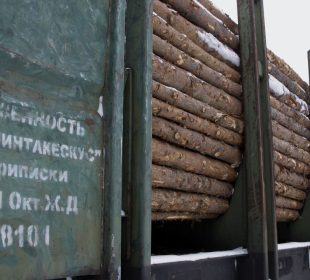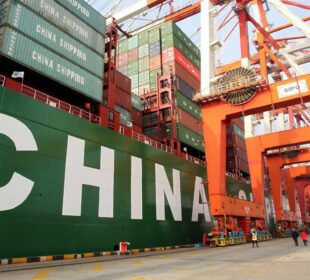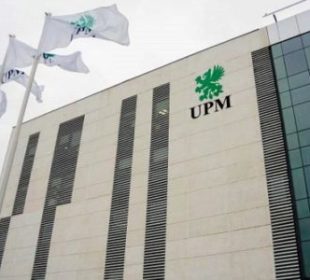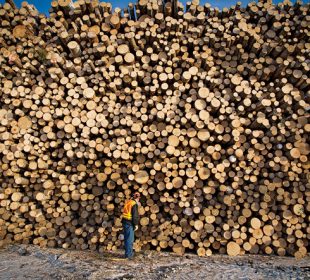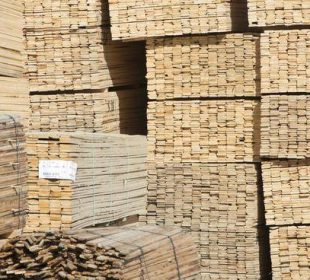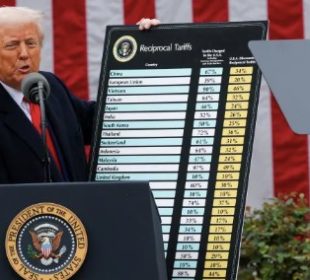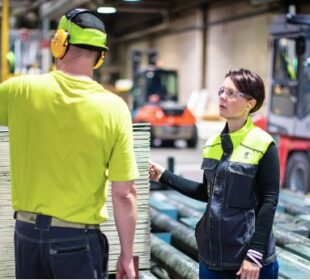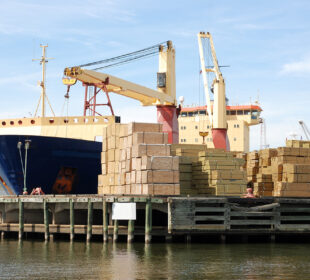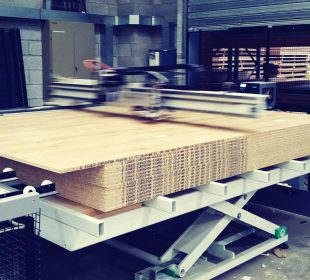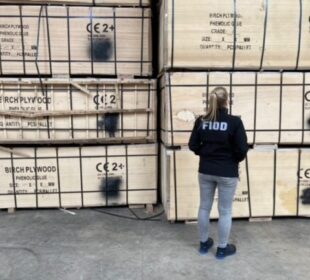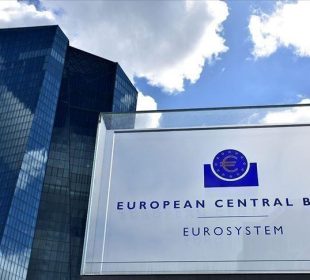Latest EU import data shows that tropical plywood has continued to lose share in the EU plywood market over the last two years, ITTO reported in its latest MIS review.
While EU imports of plywood from all sources increased sharply between 2013 and 2015, from 3.38 million cu.m to 3.92 million cu.m, a level not seen since before the financial crises, imports from the tropics have remained stubbornly low (Chart 1), ITTO says.
 After increasing 4% to 324,000 cu.m in 2014, EU imports of plywood from tropical countries fell back 6% to 305,000 cu.m in 2015. The share of tropical countries in EU plywood imports fell from 9.2% in 2013 to only 7.8% in 2015, the lowest level for at least the last 20 years, and probably much longer.
After increasing 4% to 324,000 cu.m in 2014, EU imports of plywood from tropical countries fell back 6% to 305,000 cu.m in 2015. The share of tropical countries in EU plywood imports fell from 9.2% in 2013 to only 7.8% in 2015, the lowest level for at least the last 20 years, and probably much longer.
According to ITTO, the share of imports of tropical hardwood faced plywood from China also fell in the last two years, from 3.0% in 2013 to 2.4% in 2015.
Tropical hardwood faced plywood has lost share mainly to Chinese plywood faced with temperate hardwood (including poplar, eucalyptus and birch), and to Russian birch plywood.
EU imports of temperate hardwood plywood from China increased from 986,000 cu.m in 2014 to 1.07 million cu.m in 2015 and share of imports increased from 26.1% to 27.2%. Over the same period, EU imports of Russian birch plywood increased from 782,000 cu.m to 863,000 cu.m and share increased from 20.7% to 22.0%, ITTO reported.
Further gains by Russia and China in the EU market in the last two years are likely due to the combined effects of the weak Russian rouble, declining value of the Chinese yuan and falling domestic demand in China, and rising availability of plantation wood from China.
Weakness of the euro against the dollar during 2015 will also have reduced sales of South East Asian plywood in the EU.
According to ITTO, early indications are that the share of tropical countries in EU plywood supply has continued to erode during 2016. EU imports of plywood faced with tropical hardwood were up 3.7% in the first three months of 2016 compared to the same period last year.
However, this was largely due to a 38% rise in EU imports of tropical hardwood plywood from China, from 23,700 cu.m in the first quarter of 2015 to 32,600 cu.m during the same period in 2016.
So far this year, China has been the EU’s largest supplier of tropical hardwood plywood (Chart 2).
Imports from Malaysia were down 5.4% at 29,000 cu.m in the first quarter of 2016 and imports from Indonesia remained static at 28,400 cu.m.
Of significant suppliers in the tropics, only Gabon registered an increase in exports to the EU in the first three months of 2016, with a gain of 37% to 10,000 cu.m compared to the same period in 2015. The latter is a trend worth watching as perhaps signalling the first sign of growth in the EU market for African okoume plywood after many years of recession, ITTO says.
The gain in EU imports of plywood from Gabon in 2016 has been concentrated in Italy and the Netherlands, with a much smaller gain in France where trade in this product is still very limited.
 The increase in EU imports of tropical hardwood faced plywood from China this year has been concentrated mainly in the UK and Netherlands (Chart 3). This is notable from the perspective of EUTR and forest certification, since importers and EUTR authorities in both countries are renowned for their relatively rigorous efforts to ensure wood is risk-free from an illegal logging perspective.
The increase in EU imports of tropical hardwood faced plywood from China this year has been concentrated mainly in the UK and Netherlands (Chart 3). This is notable from the perspective of EUTR and forest certification, since importers and EUTR authorities in both countries are renowned for their relatively rigorous efforts to ensure wood is risk-free from an illegal logging perspective.
This implies that a significant proportion of this material is faced with certified tropical hardwood, or at least that Chinese manufacturers are now successfully reassuring customers of the legality of their tropical veneer supplies by other means.
Another notable trend in the first quarter of 2016 was the low level of import of tropical hardwood plywood into Belgium, at 9,400 cu.m, less than half the same period in 2015. Belgian imports of plywood from Indonesia have been much slower in 2016 than in 2015, although the fall in Belgium has been offset by rising Indonesian exports to the UK, Netherlands, Italy and Germany in 2016.
Source: ITTO




